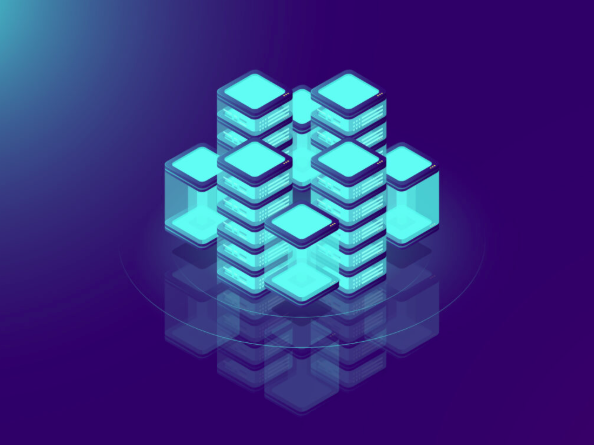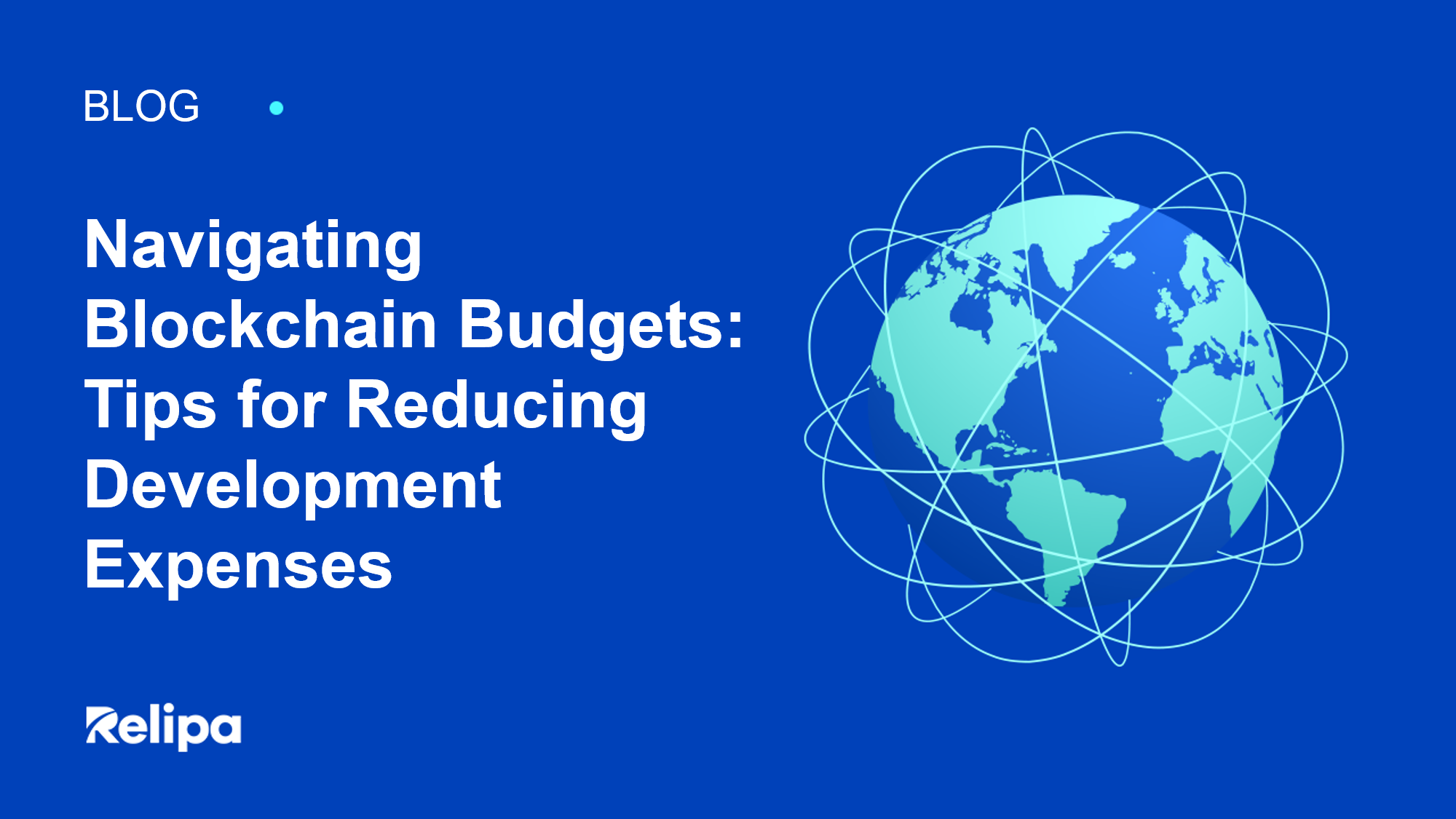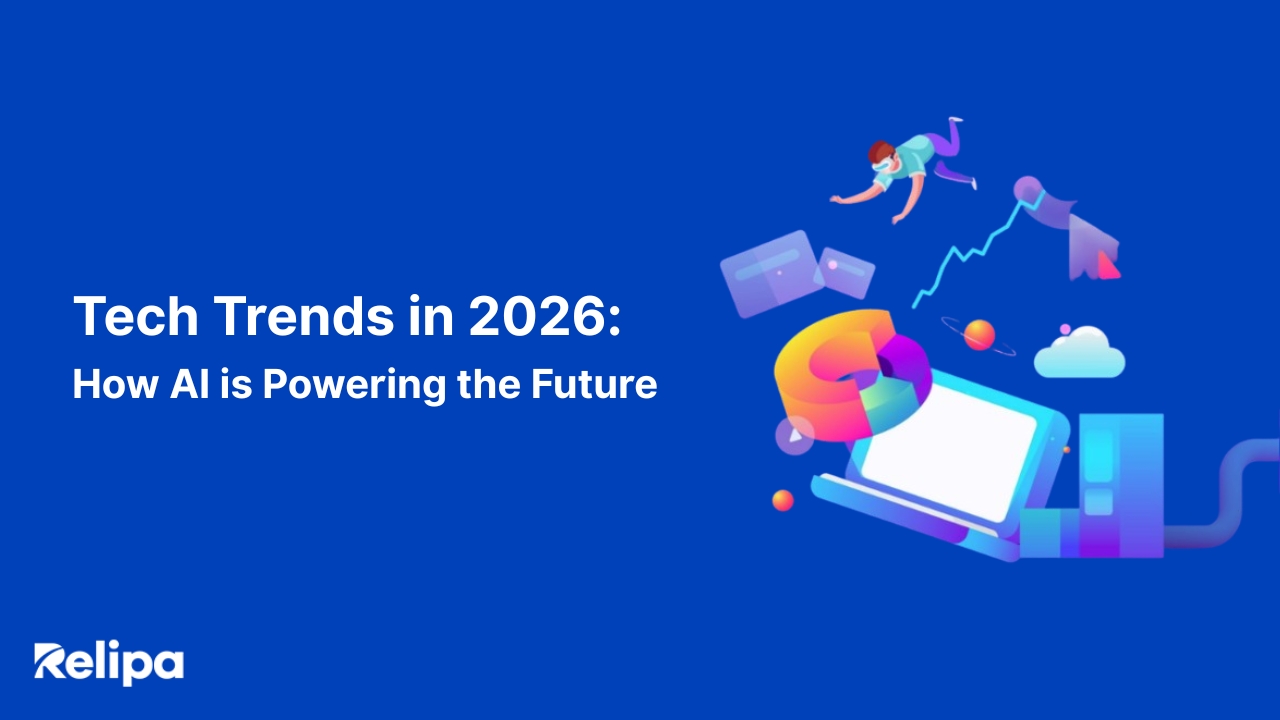Navigating Blockchain Budgets: Tips For Reducing Development Expenses
Blockchain has gradually emerged in various fields, including finance, medical care, logistics/trade, manufacturing, real estate, games/entertainment, and government. The reason is that blockchain possesses unique characteristics such as being immutable, low-cost, no centralized administrator, and transparent, so that all participants can view transaction information, making it an appropriate solution to the challenges faced by various industries.
The blockchain development cost is a hindrance to widespread adoption in enterprises. Through numerous client meetings, many managers of small companies and startups are interested but feel that the hurdles are high.
Therefore, this time we will introduce some tips to reduce blockchain development costs. We will also elucidate the reason why blockchain development tends to be expensive in the initial stage, along with the costs associated with developing different types of apps. If you’re a business owner or decision-maker considering the development or implementation of blockchain in the future, we encourage you to use this information as a helpful reference.
The Importance of Cost Reduction in Blockchain Development
The reality is that blockchain, as a technology, has a relatively short history, and its implementation is still limited to a small number of cases, except for virtual currencies. Consequently, many companies lack development experience and initiate blockchain projects without knowing whether the implementation will yield the expected effects. Some individuals venture into blockchain development merely to stay current with trends, only to realize midway that they could manage without blockchain technology, resulting in wasted time and costs.
As we will elaborate later, blockchain development is far from inexpensive, and the development method significantly influences the quality of the final product. Without achieving a return proportionate to the investment or reducing personnel costs through efficiency improvements, substantial losses may occur. Therefore, it’s crucial to thoroughly assess cost-effectiveness before commencing development, aiming for the lowest possible budget.
Factors Influencing Blockchain Budgets

What factors contribute to the costs of blockchain development? Without a clear understanding of the elements involved, your budgeting efforts might be in vain. There are four essential components to consider:
- Personnel costs
- Complex mechanisms
- Other tasks besides development
- Operating costs
These are the four points mentioned above.
Now, let’s delve into a detailed explanation of each.
Personnel Costs
Especially in developed countries like Japan, Korea, and European nations, there is a significant shortage of blockchain engineers. Initially, there is already a scarcity of IT professionals, and when it comes to blockchain, expertise in multiple development languages is necessary, along with the ability to implement specialized technologies and complex mechanisms unique to blockchain. The pool of individuals capable of covering all these aspects and reaching a business level becomes even more limited. Consequently, labor costs in blockchain development tend to be higher compared to standard system development.
Given the specialized nature of blockchain technology, in-house development is generally impractical. Therefore, outsourcing is a common practice. Depending on the type of app and the scale of the outsourced development company, the budget required ranges from several million yen at the minimum to tens of millions of yen at the maximum. Development costs are typically calculated based on the per-person/month rates of various professionals such as blockchain engineers, app designers, back-end developers, QA (quality assurance) engineers, and project coordinators. Particularly for blockchain engineers, monthly costs can reach as high as 1.5 million yen, meaning that for a six-month development period, the cost for one person can accumulate to 9 million yen. Generally, the larger the development company, the higher the costs will be.
Complex Mechanism
Specifically, the “special technology and complex mechanisms unique to blockchain” mentioned above are:
- Consensus algorithm
- Smart contract
- Encryption technology
- Data structure block (hash)
In order to incorporate these into a system without fail and build a blockchain, special skills and effort are required, which is why the labor costs for blockchain engineers are rising.
Blockchain is a system that guarantees the validity of data by having all nodes approve each transaction. This consensus-building is called a consensus algorithm. Typical examples include PoW (proof of work) and PoS (proof of stake), and when developing a blockchain, it is necessary to be able to implement these.
In addition, Dapps (decentralized applications), represented by the Ethereum blockchain, provide financial services such as loans and insurance, traceability that guarantees the safety of supply chains, issuance and distribution of NFTs, transcripts, copyright management, and medical data. performance such as management and sharing. All of these are implemented by smart contracts. A smart contract is a protocol that automatically executes a contract according to pre-programmed conditions. This has dramatically expanded the functionality of blockchain. Implementing smart contracts requires mastering a development language called Solidity, which also requires specificity.
Furthermore, the reason why it is said that blockchain data cannot be tampered with is because of the existence of hash values. On the blockchain, all transaction data is stored in blocks at predetermined intervals, and when the next block is formed, it is connected to the previous block like a chain. The transaction data of the previous block is simplified by a hash function into digest data called a hash value, and it is included in the subsequent block as is. If a malicious third party attempts to rewrite the data in a certain block, not only will it become inconsistent with the previous hash value, but all subsequent blocks’ hash values will also have to be rewritten, and the data will be discovered immediately. I’ll put it away. Therefore, tampering is almost impossible.
In addition to these, knowledge and skills are required regarding cryptographic technology, consisting of private keys and public keys, electronic signatures, and pseudo-random number generation, and their complexity is a factor that increases blockchain development costs. Systems are often customized to meet a project’s specific needs, but this also adds cost.
Other Tasks Besides Development
When launching a blockchain project, especially in order to gather a large number of public participants, it is necessary to publish a white paper to highlight the project’s outline, appeal, and future potential. It is also essential to create an environment that generates a community and enlivens the project. Blockchain development is not just about building technology and mechanisms; but these incidental actions can also be costly.
Operation Cost
Blockchains require continued maintenance even after they are released. Bugs must be fixed, and the integrity of added data must be checked each time. You will also need to factor in the costs involved.
Read more: Top 5 recommended Blockchain development companies in Vietnam! How to have a successful partnership?
Blockchain Budgets Based on App Type
Blockchain development costs vary depending on the type of app. The rough guideline is as follows.
| Medical/Healthcare | $45,000 – $86,000 Or More |
| On-Demand | $33,000 – $66,000 dollars |
| Social Media | $40,000 – $86,000 Or More |
| Administrative | $60,000 – $86,000 Or More |
| Finance | $53,000 – $86,000 Or More |
| Knife | ~$3,000 – ~$17,000 |
| Virtual Currency Wallet | ~$66,000 ~$80,000 |
| Virtual Currency Exchange | $43,000 – $86,000 |
Please understand that this is just a summary and may vary depending on the developer and project scope.
Blockchain Development Method to Reduce Costs
Personnel Costs
Blockchain development requires special skills in addition to programming, so it is almost impossible to do it in-house from scratch. Therefore, outsourcing is the only option.
However, in Japan, Korea, or Western countries, there is a limited number of engineers, and development costs will inevitably rise, bringing about a risk of going over budget. Therefore, we recommend “offshore development.”
Offshore development is a method of outsourcing development to IT companies in Southeast Asia, such as Vietnam, India, and China. In the case of offshore development, costs can be reduced by approximately 20 to 80% compared to almost all countries in Europe’s development costs. Although India and China have many talented engineers, labor costs have been rising rapidly in recent years. In that respect, Vietnam has many talented human resources that are comparable to engineers in India, China, and Japan, and the cost can be outsourced at about half to 70%. Among these, “lab-type development” is ideal for blockchain development because it is highly flexible and can easily reflect the client’s intentions faithfully.
In laboratory-type development, we form our own dedicated team of engineers, project managers, bridge systems engineers, interpreters, etc., and focus on the development work during the contract period. You can treat engineers like your own employees, and specifications can be changed during the contract. Another big advantage is that even after the development is completed, you can request other work as long as the contract period is still within the contract period.
For many companies, the blockchain development project itself is groundbreaking, and there are many cases where it is a major project on which the company’s future is staked. Therefore, failure is absolutely not an option. In that sense, lab-style development is ideally suited for blockchain development, where there is close interaction between the client and the developer, making it easy to understand the progress of development and flexibly respond to changes in specifications.
Complex Mechanism
Developing complex blockchain mechanisms requires advanced technical skills. Offshore development allows you to hire talented developers overseas and build a highly skilled team.
For example, blockchain frameworks are the underlying technology for building applications on blockchain networks. Major blockchain frameworks include Ethereum, Hyperledger Fabric, and Corda.
On the other hand, gas fees are fees paid when executing smart contracts on the Ethereum network. Gas fees are paid to miners who provide the computational resources and network bandwidth needed to process smart contracts.
Blockchain frameworks and gas costs are closely related. For example, in the Ethereum network, the amount of gas required to process smart contracts is determined, and the gas fee is determined according to the amount of gas. In other words, when developing applications that process smart contracts, it is necessary to write efficient code to reduce the burden of gas costs.
Additionally, some blockchain frameworks offer features to minimize gas costs. For example, Hyperledger Fabric allows you to build private chains, which reduces the load on network bandwidth. Additionally, Corda allows only parties that need to process transactions to participate, thus avoiding consuming extra network bandwidth.
In other words, when developing blockchain applications, it is important for offshore development companies to understand the relationship between blockchain frameworks and gas costs and write efficient code to reduce the burden of gas costs. You can also minimize your gas costs by choosing the right blockchain framework.
Other Tasks Besides Development
Other than blockchain development, you will need experts such as community managers and legal teams. For example, a blockchain project needs a community manager who can properly communicate the purpose and message of the project and attract the attention of the community. You will also need to deal with legal issues, so you will need a legal team.
Doing these tasks in-house is not only costly, but also requires hiring employees who are not specialized in the project. On the other hand, outsourcing allows you to hire professionals with specialized knowledge and experience. Therefore, not only can you achieve higher quality work, but you can also reduce costs.
For example, when you outsource your community manager role, an outside expert joins your project to handle planning, marketing, organizing and executing events that meet the needs of your community. Similarly, when you outsource your legal team, outside experts provide advice on legal issues and handle documentation as needed. This allows the work required for the project to be carried out appropriately and reduces costs.
However, when outsourcing, it is important to choose a partner you can trust in order to ensure the quality of work and delivery times. In addition, we are required to ensure appropriate communication with subcontractors and obtain results that are in line with the project goals.
Operation Costs
Operating a blockchain requires a lot of work, including node maintenance, protocol updates, security monitoring, and network management. These tasks require specialized knowledge and experience and can be expensive. Therefore, utilizing offshore development is an effective way to reduce costs.
Offshore development is a method of reducing development costs by outsourcing development work to overseas companies or individuals. Specifically, it has benefits such as reducing labor costs and making it easier to hire developers with specialized knowledge. Additionally, by outsourcing to overseas companies and individuals, we can provide 24-hour development and support, which can significantly reduce operating costs.
However, offshore development also comes with risks. For example, developers may have poor communication skills or may provide low-quality code, so be careful when selecting a developer. Below is how to choose a blockchain developer.
- Making a list of all your concerns, including technology, budget, and schedule, is the first and most important step. A thorough understanding of your requirements will save you time meeting potential tech partners.
- Next, review potential blockchain service providers and all requirements. You will have the opportunity to decide which partner is best for you to share information via email, text, online video, and more, receive a free consultation, and find the best solution.
- The third step is to obtain proposals from the shortlisted blockchain service providers. The proposal must include all relevant data and information regarding costs, legal provisions, and performance failure policies. This makes the quality of the vendor’s work clear.
- The proposal should be compared to your company’s standards. This is a time-consuming process that must be carried out extremely carefully. Through a few calls and negotiations, you can decide on the best option with your blockchain company and make it a win-win.
- Before starting a project, it is important to have a backup plan in case something goes wrong.
Overall, it is effective to utilize offshore development to reduce blockchain operating costs, but it is important to adequately manage risk and proceed with transactions with trustworthy companies and individuals.
Summary
There is a misconception about blockchain development, suggesting that the project’s success hinges solely on the company’s fortunes. However, by establishing comprehensive definitions, clear objectives, and a budget plan that identifies which parts can be outsourced, you can alleviate the burden of development costs and improve the chances of success.
At Relipa, we fully support our clients’ blockchain projects. We have a large number of seasoned engineers who have a firm grasp of knowledge related to Web 3.0, Dapps, etc, and high skills in fields such as DeFi, NFT, DAO, and blockchain games.





